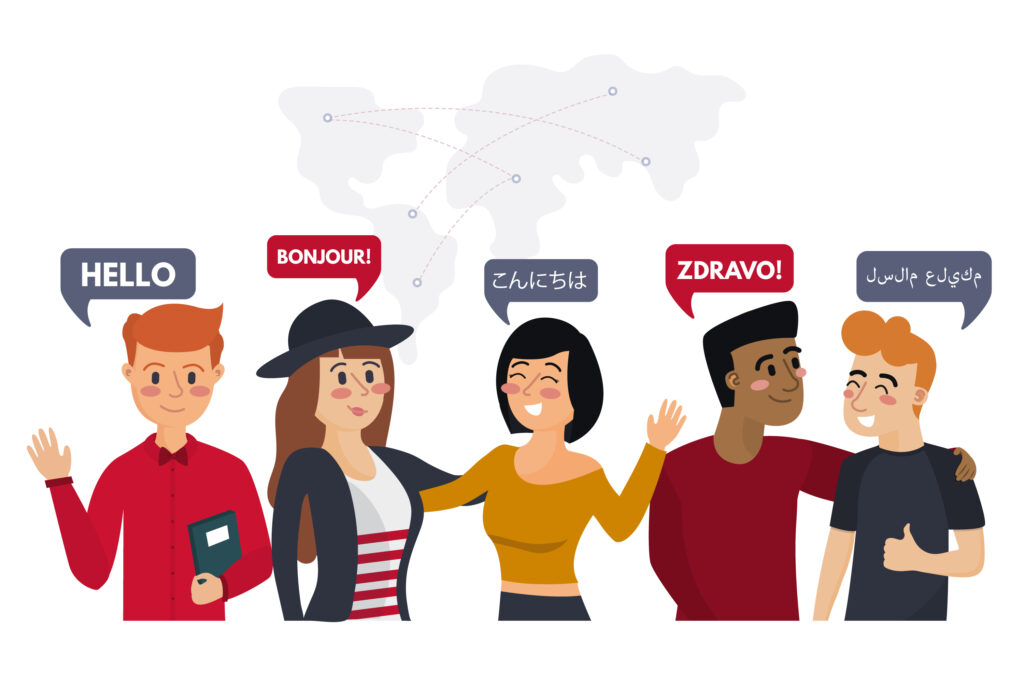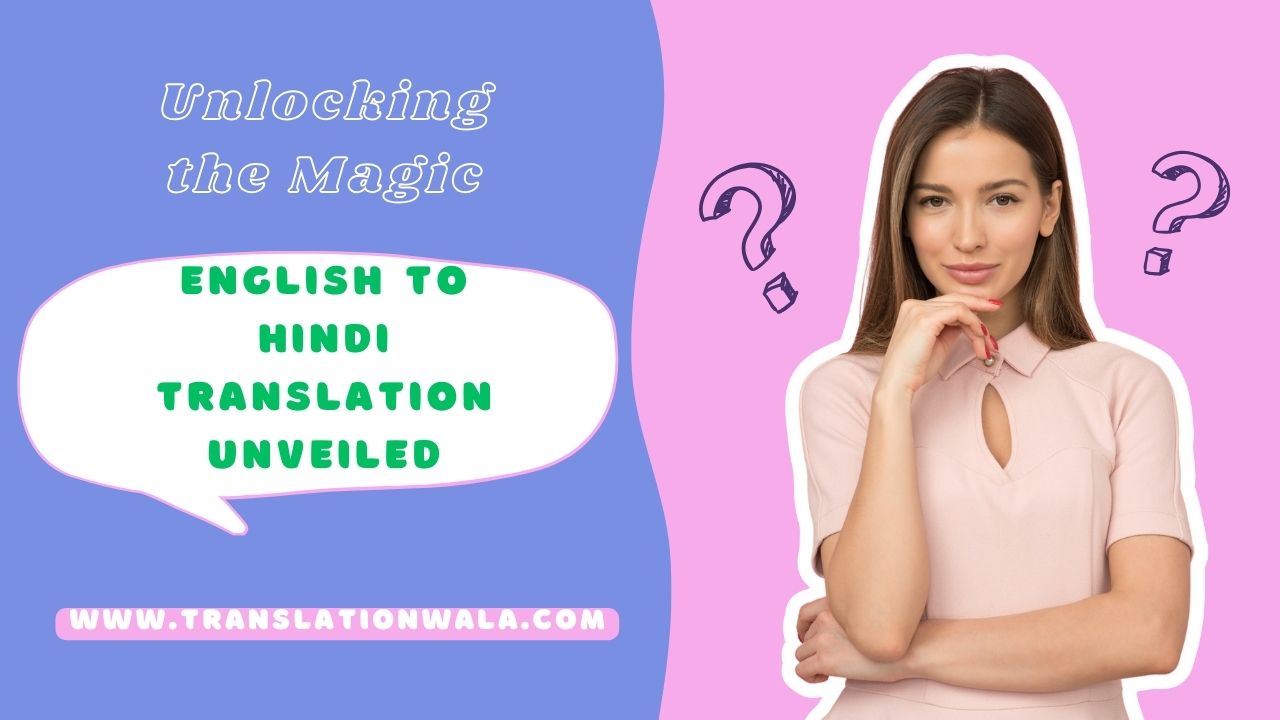Language is the medium via which people of different cultural backgrounds may communicate with one another in today’s increasingly globalized and linked world. Our ability to share our ideas, emotions, and experiences with one another is made possible by our shared facility with the English language. One of the many linguistic wonders that is responsible for lessening the barriers produced by language differences is the process of translation. Translation is one of the many linguistic marvels. One of these areas, which attracts a lot of attention, is the capability of English to Hindi Translation. Not only does the seamless translation of ideas and phrases from one language to another aid in the preservation of cultural history, but it also encourages mutual understanding and respect among diverse cultures. In this blog, we discuss the meaning of translation, as well as the challenges of translation, and the aesthetic worth of translation.
Preserving Cultural Heritage
One of the languages with the highest number of native speakers in India is Hindi, which has a cultural history that spans millennia. The English to Hindi Translation is an essential component in the process of maintaining and promoting the cultural legacy of the nation. Younger generations are gaining access to their origins, traditions, and the knowledge that has been passed down to them as a result of great works of literature, historical writings, and religious scriptures being translated into Hindi. The past is able to continue to inspire the present via the process of translation, which in turn helps to shape a better future for the many different cultures that dwell inside India’s boundaries.
Connecting the Dots
The process of translation functions as a conduit of understanding, so building ties between individuals whose native languages are distinct from one another. English serves as a language of communication, commerce, and diplomacy in India as the country becomes more prominent on the world stage. However, in order to maintain efficient communication across the country, Hindi will continue to be required. Translation helps bridge this distance and makes it possible for people who speak Hindi and English to converse fluently with one another, fostering a feeling of togetherness and oneness in the midst of difference.
Also Read: Limitless Potential – The Power of English to Kannada Translation

Challenges in English to Hindi Translation
The process of translation, although being a useful tool, is not without its share of difficulties, particularly when dealing with languages as dissimilar as English and Hindi. In terms of syntax, vocabulary, and the construction of sentences, the two languages are quite different from one another. Translators need to be fluent in both languages they are working with in order to perform the delicate process of finding the optimal balance between accuracy and context. Furthermore, idiomatic phrases, cultural allusions, and wordplay may offer additional obstacles, requiring translators to not only be multilingual but also culturally sensitive. This necessitates that translators have an understanding of both languages.
The Beauty of Expressions
In spite of the difficulties, translation reveals the exquisite beauty that lies inside the idioms of both languages. When translating a document, translators are often tasked with maintaining the original meaning of the source material but also catering it to the needs of the intended readers. Finding the right words to express the same feelings and thoughts as someone else is similar to the creative process that an artist goes through while they are painting a masterpiece. Every translation is a piece of beauty because the translator uses their words like brushstrokes to breathe life into the canvas that is language.
Bridging Literature and Cinema
Both literature and film are very potent media that can communicate effectively across national boundaries and linguistic barriers. Hindi-speaking people now have the opportunity to experience the literary and cinematic masterpieces that have captivated audiences all over the globe that were originally written and produced in the English language. On the other hand, Hindi film has established itself as a major player on the international scene, and English translations make it possible for those who do not know Hindi to experience the enchantment of Bollywood. These translations not only increase the impact of the tales, but also create a two-way interchange of ideas and cultural perspectives.
Conclusion
The process of English to Hindi Translation is more than just a language exercise; it is also an act of fostering empathy, welcoming difference, and bringing people together. Celebrating our cultural past, making connections with one another, and bridging the gap between languages are all possible thanks to this kind of art. Translators are the unsung heroes who contribute to a world where language is not a barrier but rather a doorway to understanding and harmony. They make it possible for meaningful conversation to take place across international boundaries. As we go forward in the process of creating a future in which no words are misunderstood due to translation, let us honor and promote this magnificent form of art.



